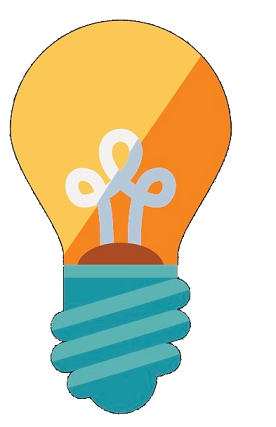Drug handling: Learning outcomes
‹ BACK TO INTRODUCTION
After completing this tutorial, you will be able to:
- Explain the difference between pharmacokinetics and pharmacodynamics, and terms such as half-life.
- Recognise the roles played by patient age, weight and changes to kidney or liver function in determining drug handling.
- Know the right questions to ask when managing a patient who requires monitoring of drug levels for therapeutic reasons.
You can download a PDF of this whole tutorial (without interactive elements such as the Learning exercises) and a one-page summary of key points.
 You should allow 90 minutes to complete this tutorial, including the Learning exercises.
You should allow 90 minutes to complete this tutorial, including the Learning exercises.Competencies
If you are a hospital trainee pharmacist, this tutorial may help you achieve GPhC learning otucomes such as these:- LO 12 Take an all-inclusive approach to ensure the most appropriate course of action based on clinical, legal and professional considerations
- LO 16 Apply professional judgement in all circumstances, taking legal and ethical reasoning into account
- LO 30 Appraise the evidence base and apply clinical reasoning and professional judgement to make safe and logical decisions which minimise risk and optimise outcomes for the person
- LO 34 Apply the principles of effective monitoring and management to improve health outcomes
- 1.1 Applies evidence-based clinical knowledge to make suitable recommendations to take appropriate actions.
- 1.6 Uses own pharmaceutical knowledge to positively impact the usage and stewardship of medicines at an individual and population level.
- 1.7 Undertakes a holistic clinical review of a person’s medicines to ensure they are appropriate.
- 2.1 Keeps the individual at the centre of their approach to care at all times.
- 3.1 Draws upon own knowledge and up-to-date guidance to effectively make decisions appropriately and with confidence.
- 3.3 Demonstrate awareness of where to seek appropriate information to solve problems and make decisions.
- 3.6 Demonstrates an understanding that data can support improving care; values the importance of the skills required for the interpretation, analysis and the effective use of data within clinical practice; considers how to use data to improve the outcomes for individuals.
Continuing professional development
Finally, here is a CPD activity you could consider:
★ When you next encounter a patient that needs monitoring of drug levels over a period of time, plot a graph of the changing levels. Where there are significant changes in level, can you explain them? Mark on the graph when doses were altered, and other factors that might affect the dose such as extent of renal impairment or the initiation of an interacting drug. What have you learned from this exercise?
★ When you next encounter a patient that needs monitoring of drug levels over a period of time, plot a graph of the changing levels. Where there are significant changes in level, can you explain them? Mark on the graph when doses were altered, and other factors that might affect the dose such as extent of renal impairment or the initiation of an interacting drug. What have you learned from this exercise?








